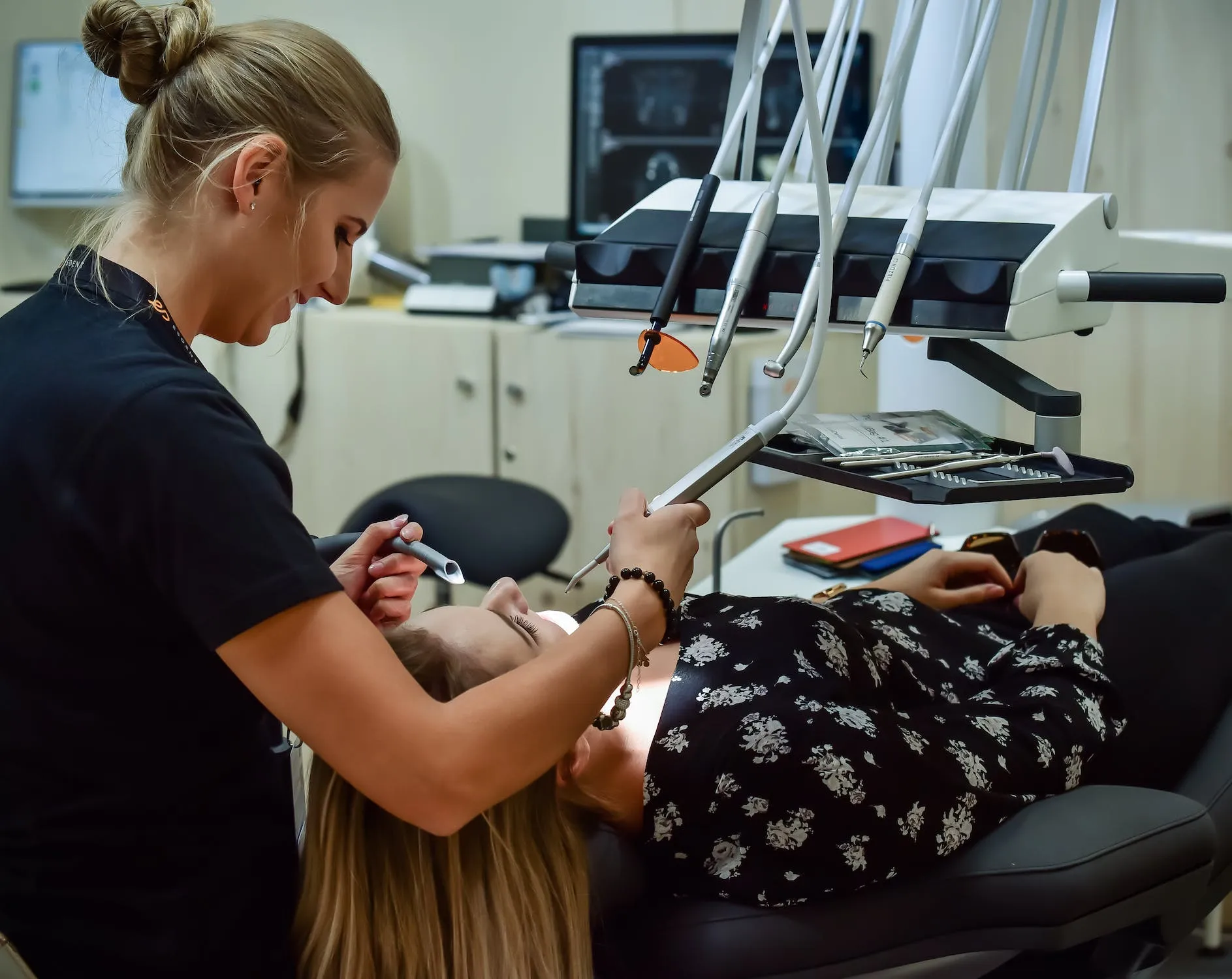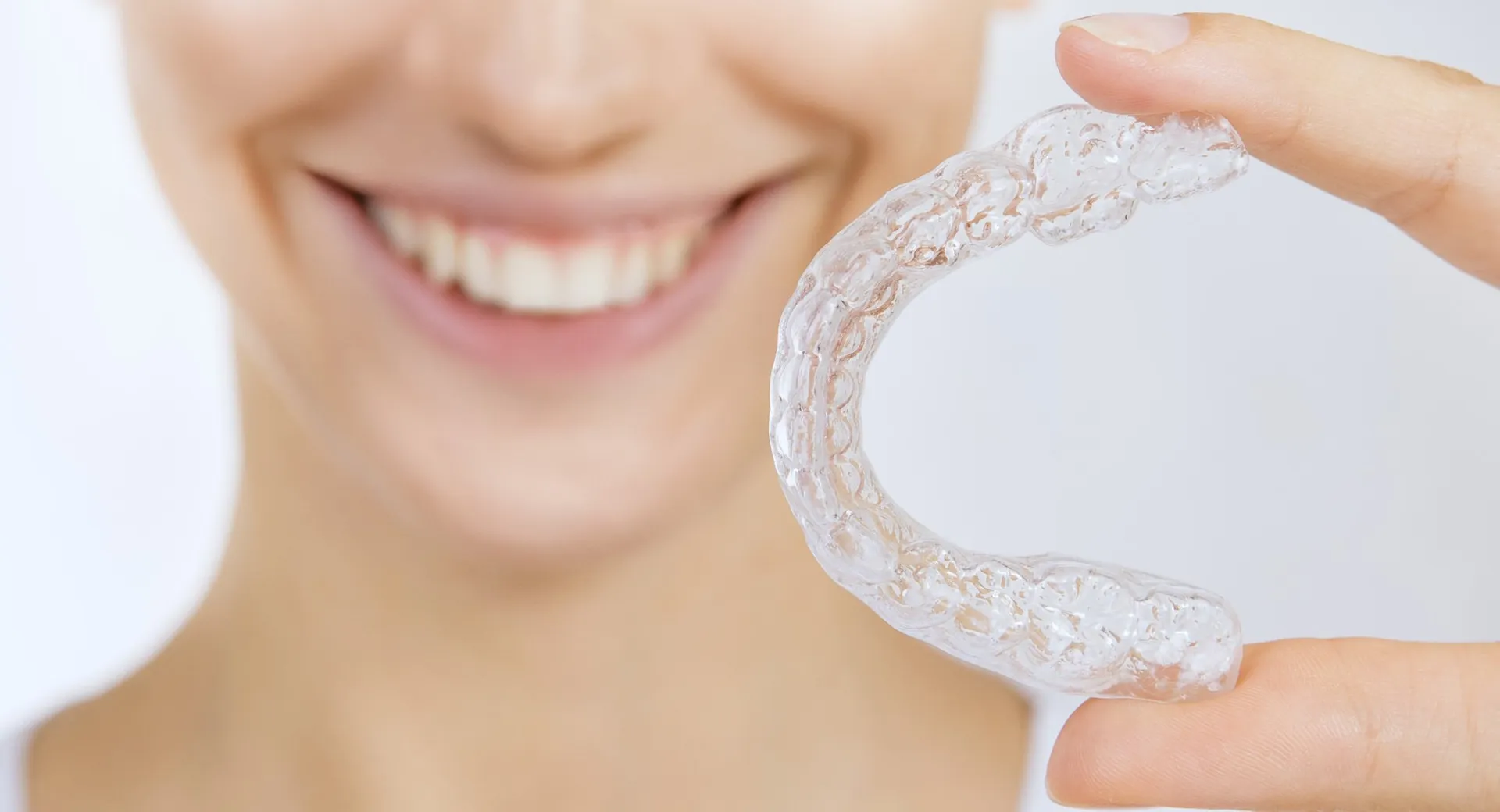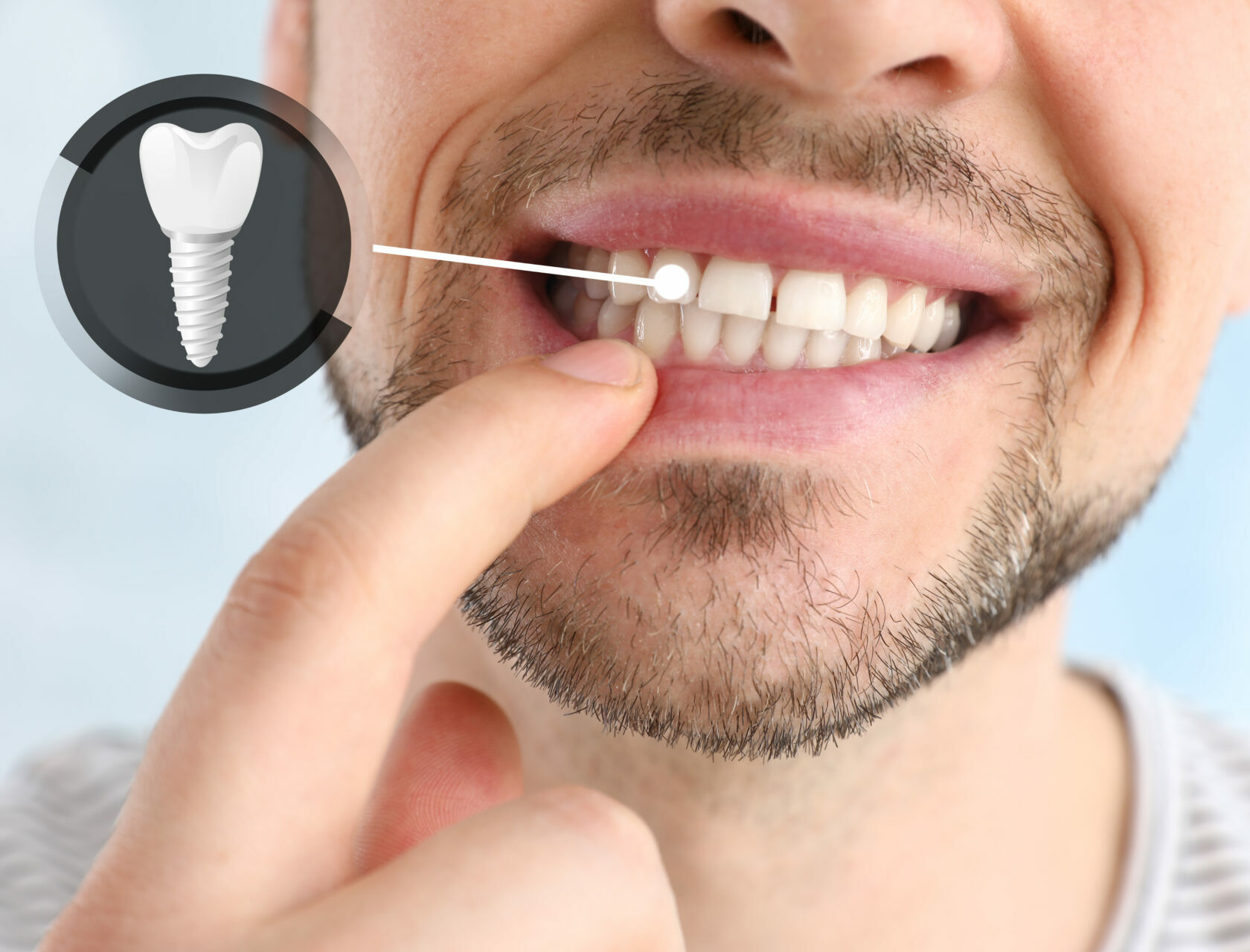What Is Gum Disease
Nearly 30% of adults suffer from gum disease. Gum disease is often silent until it becomes more advanced. This means that it is common for it to go untreated until it causes serious problems.
Gum disease, medically known as periodontitis, is a serious infection of the gums with the potential to damage the soft tissue around the teeth. This infection is capable of going as far as completely destroying the bones that support the teeth when left untreated. Thankfully, periodontitis is preventable with good oral hygiene.
If you suspect that you are suffering from gum disease, your best bet is to first get informed on the disease. This will allow you to build confidence on what your next steps are with regards to treatment. Below we have compiled a list of periodontitis symptoms, causes, preventions, and when to see a dentist.
Gum Disease Symptoms
There are several indications that can signal gum disease. Unfortunately, a lot of patients tend to ignore the early signs of gum disease. This can cause serious harm considering that the infection progresses when left untreated. If you are suffering from any of the below symptoms, we want to encourage you to contact our office right away to book a dental checkup.
- Gums that are tender to the touch
- Easy to bleed gums
- Puffy/ swollen gums
- Gums that look dark red, dark purple, or bright red
- Pink tint to a toothbrush after brushing
- Consistent bad breath
- Loss of teeth or loose teeth
- Pain when chewing
- Spaces between the teeth that resemble black triangles
- A shift in the way your teeth fit together
Periodontitis Causes
Plaque buildup is the main cause for periodontitis. Plaque usually builds around the teeth at first. This is the result of the interaction between starchy/ sugary foods with the bacteria in the mouth. Brushing and flossing the teeth twice daily is the best defense against plaque buildup.
When proper dental hygiene is not practiced, plaque can begin to harden under the gum lines and turn into tartar. Once this happens, it is exponentially more difficult to remove. Tartar removal requires a professional dental cleaning. Remember, tartar is full of bacteria and the longer it stays on the gum lines, the worse it is for the long term health of your gums.
When plaque sits on the gums for long enough, gingivitis occurs. Gingivitis is recognized as the mildest form of gum disease. This stage is still reversible with professional dental treatment and good at-home oral hygiene.
Once gingivitis is left untreated, it escalates to periodontitis. This happens when deep pockets are formed between your teeth due to bacteria accumulation. This has the very real potential to provoke tooth and bone loss. The bacteria can also travel to your immune system and cause other health issues.
Prevention Against Gum Disease
Gum disease is easily prevented. Its main enemy is good at-home oral care. Practicing simple acts such as brushing and flossing twice daily can go a long way. Ideally, flossing would take place before brushing to remove the loosened food bits and bacteria.
The second preventative tool available are professional dental cleanings. These should be done twice a year. Professional dental cleanings remove any lingering bits of bacteria and tartar from the teeth and gum lines.
When to See a Dentist

As mentioned above, dental cleanings should be done every 6 months. In addition, it is imperative that you see a dentist if you are experiencing any of the symptoms that might signal gum disease. The earlier gum disease is caught, the higher the chances that treatments will be successful whilst lowering the probability that teeth or bone will be lost.
If you are concerned about your dental health, please contact our team to book an appointment for a checkup.





